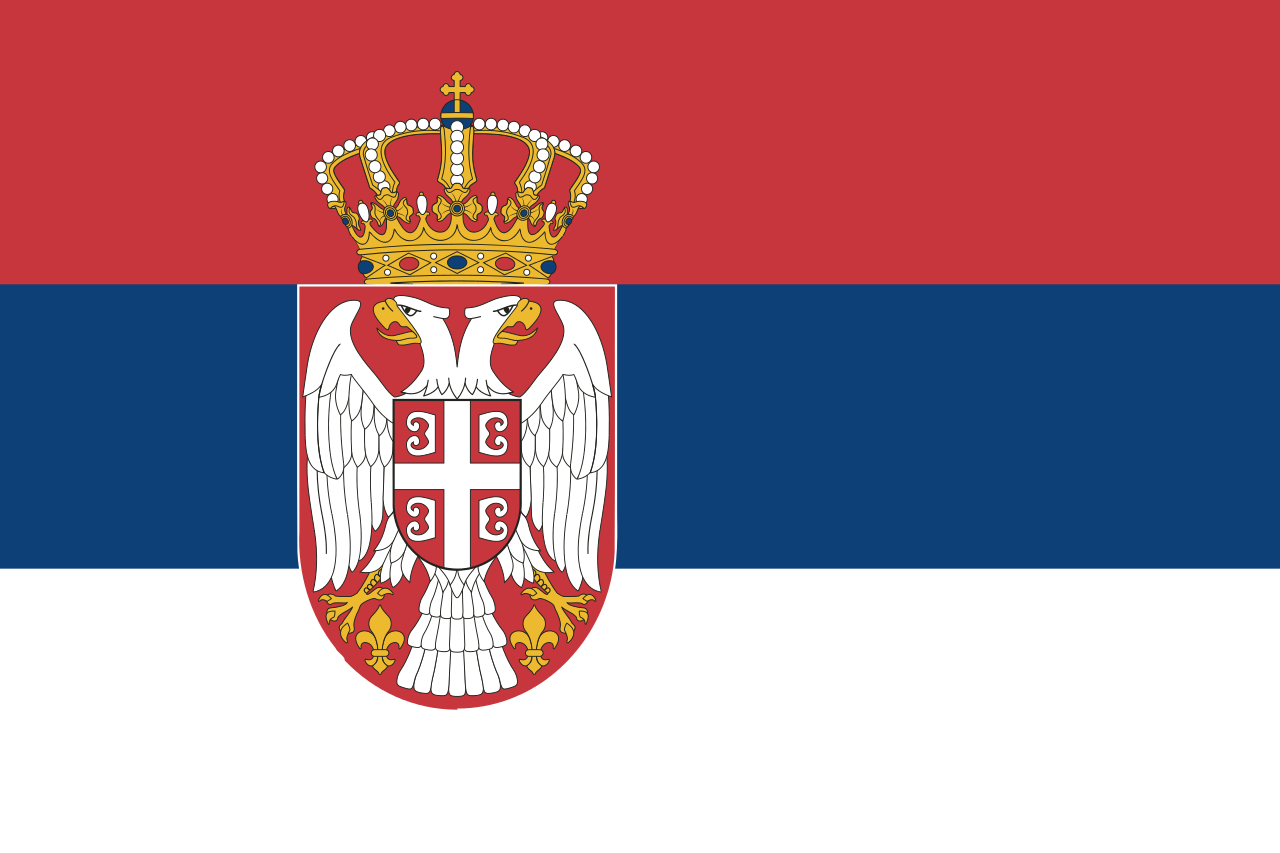ECRB assesses Serbia’s gas transmission tariff proposal as compliant and cost-reflective
Today, the Energy Community Regulatory Board (ECRB) releases its analysis of Serbia's Gas Transmission Tariff Structure, which sets the charges for transporting natural gas through Serbia’s transmission pipelines. The ECRB evaluated the proposed methodology for compliance with the Energy Community acquis and confirmed that it is appropriate for Serbia’s transmission network and is compliant with cost-reflectivity requirements.
The Energy Agency of the Republic of Serbia (AERS) developed this new methodology following public consultations earlier this year and in alignment with the Network Code on Harmonized Transmission Tariff Structures for Gas. AERS proposes to apply a capacity weighted distance reference price methodology, jointly by both regulated transmission system operators within the single entry-exit system of Serbia. This means that only cost drivers for tariff calculation are forecasted capacity and distance between entry and exit points. The proposed methodology results in lower tariff for system users in neighbouring Bosnia and Herzegovina, therefore enhancing cross-border trade.
The expected next steps involve formally adopting and implementing the new methodology by AERS, followed by motivated decision on gas transmission tariffs with expected application as of October 2024. The ECRB, as the independent regional body of national regulators in the Energy Community, monitors and evaluates gas tariff implementation in the Energy Community in its regular market monitoring reports.

